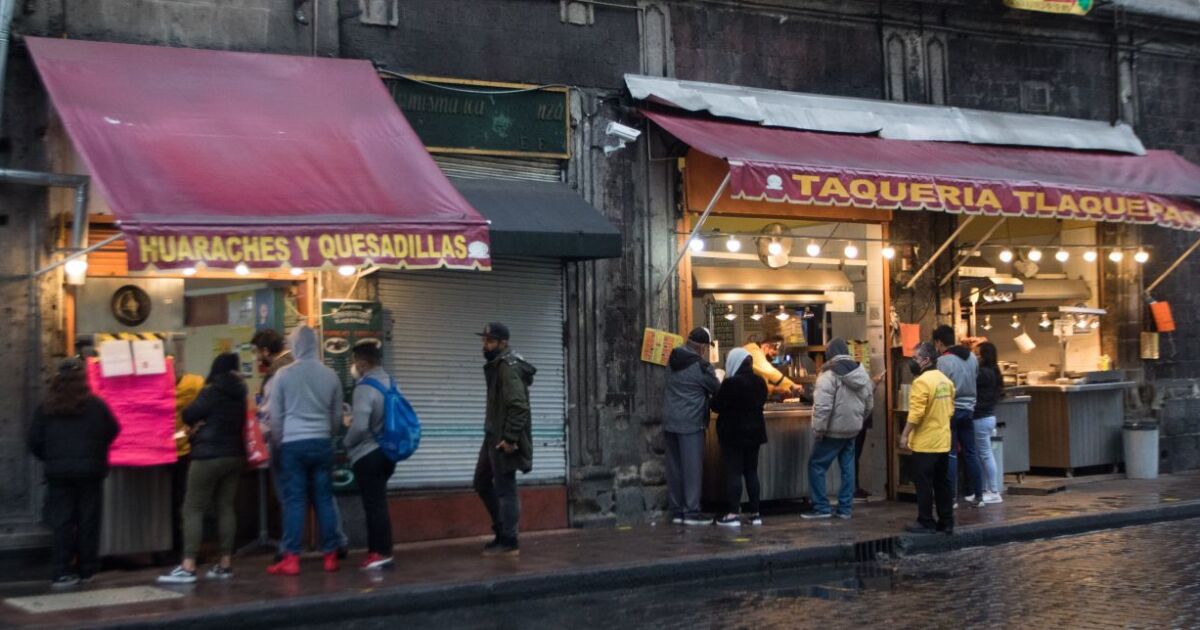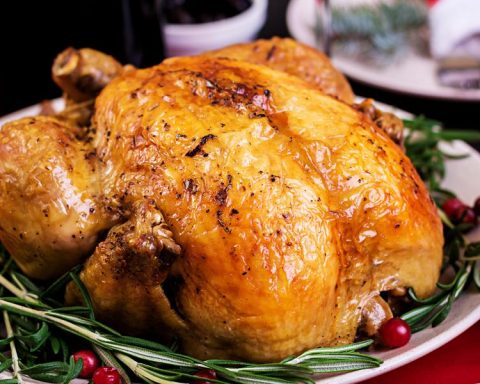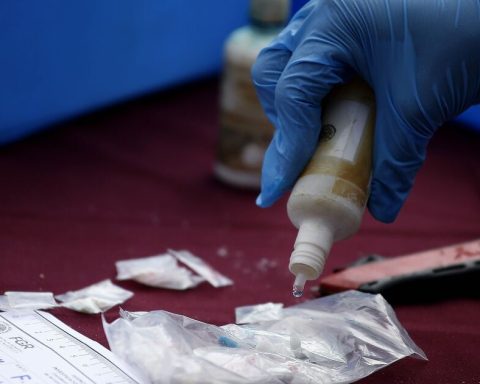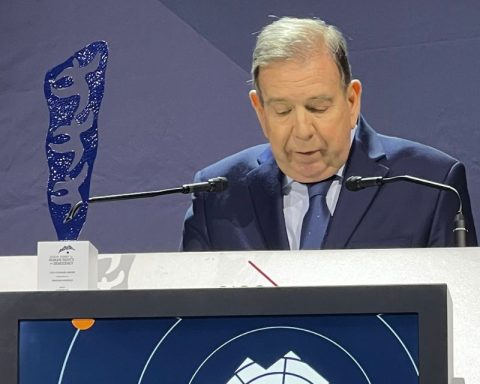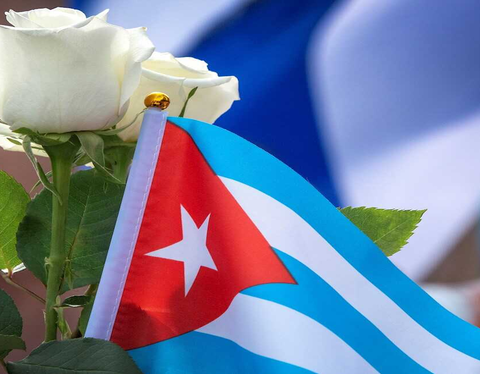Indeed, according to a previous Reuters poll, economists expected a 0.55% rise in January in the National Consumer Price Index, making the 0.59% increase slightly above this forecast.
The behavior of the underlying component exceeds the estimates of the specialists consulted by Reuters, of 6.15%, a rate not seen since September 2001.
Core inflation is seen as a better parameter to measure the price path because it eliminates high volatility products. Experts such as the deputy governor of the Bank of Mexico, Jonathan Heath, expect the core component to peak in February and March.
January inflation: 7.07%.
Core inflation: 6.21%, has increased for 14 consecutive months, something not seen since the period from November 1994 to December 1995. In addition, in January it reached its highest level since September 2001, evidence that pressures persist.
– Gabriela Siller Pagaza (@GabySillerP)
February 9, 2022
Prices of lemon, gasoline, fonditas and taquerías drive inflation
The non-core price index, which includes the prices of the most volatile products, such as agricultural products, energy, among others, increased 0.52% in January, at a monthly rate, and 9.68% at an annual rate.
And among the products whose prices had the greatest impact on January inflation were lemons and low-octane gasoline. But also the prices of the lunch shops, inns, torterías and taco shops.
Lemon prices had an increase of 68.77% at a monthly rate. While the prices of gasoline and fondas and taquerías had a variation of 1.68% and 1.61%, respectively.
Other products that had significant monthly increases during January were chicken (4.44%), potatoes (15.49%), bananas (12.07%) and avocado (11.45%).
Within core inflation, the prices of merchandise rose 0.99% at a monthly rate -almost one percentage point- and those of services 0.19%.
